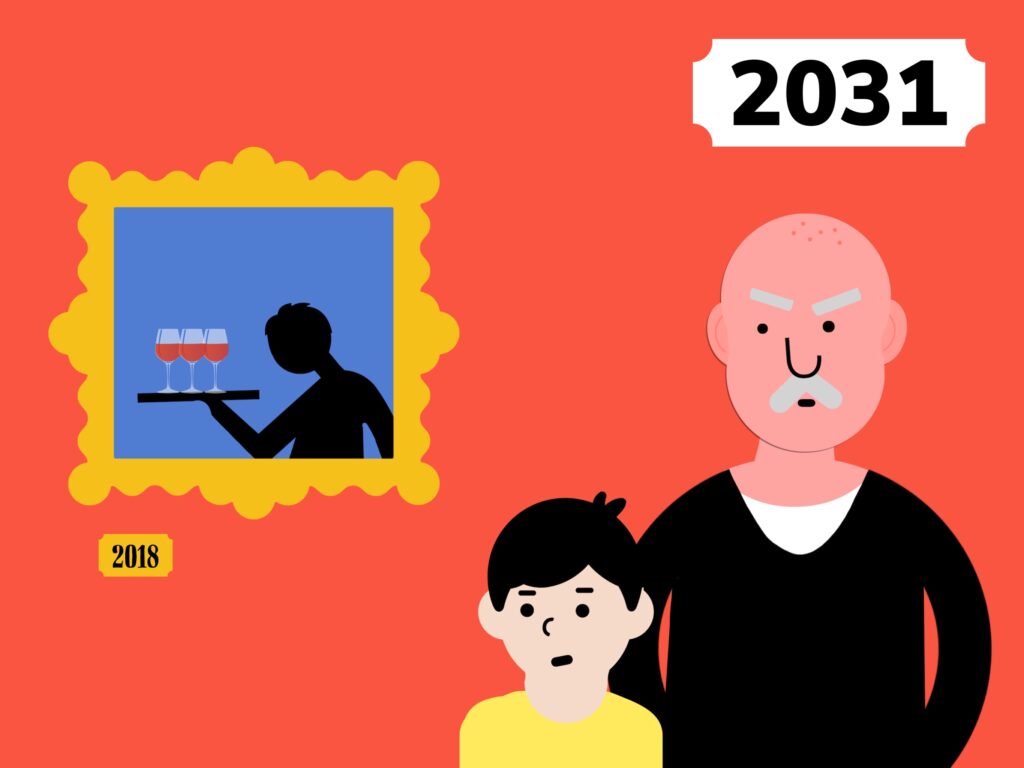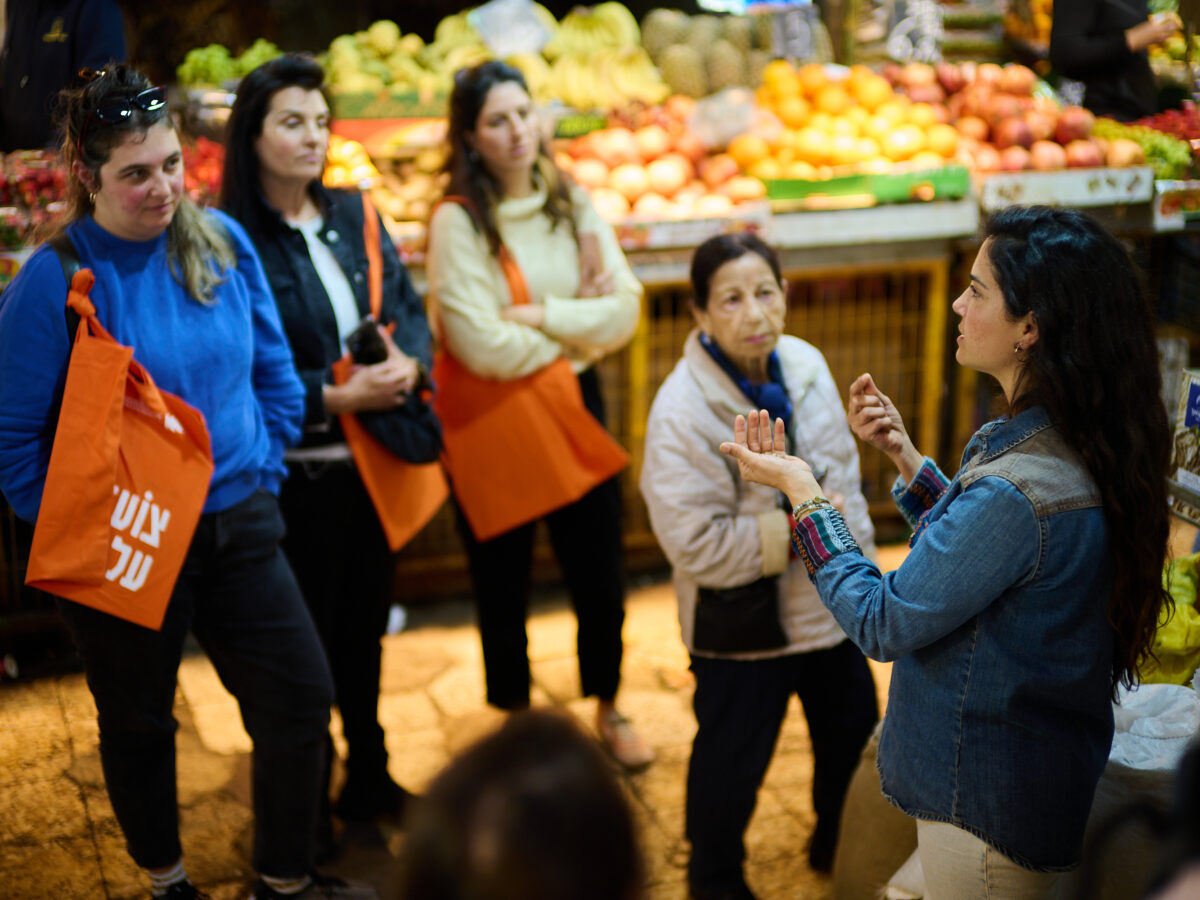Seven years ago, a restaurant called Eatsa opened in San Francisco. It specialized in customizable vegetarian quinoa bowls — a popular option for Bay Area office workers. Eatsa was different from other restaurants on its block, though. Instead of cashiers, diners ordered and paid at kiosks. And instead of watching kitchen staff assemble the bowls, guests retrieved them from a specially designed cubby. It was billed as a modern-day automat, with touch screens and other tech manning the front while kitchen staff worked to assemble the food behind closed doors.
The concept ultimately didn’t make it — Eatsa closed in 2019 after opening three locations in California. But it serves as an early example of how restaurants might use automation to help front-of-house operations.
Today, restaurants around the world are turning to this type of technology to help run efficient businesses. They accept orders via touch screens and mobile apps; diners are encouraged to place orders digitally that are fed straight into restaurant systems. At full-service restaurants, guests can scan a QR code to order without speaking to a server, and food is sometimes delivered by a robot reminiscent of “The Jetsons.” This level of automation isn’t necessarily meant to replace human labor. But, two years into a global pandemic, human labor in restaurants around the world is in short supply, and automation can help.

According to Israel’s Central Bureau of Statistics, in December 2019, there were 6,235 available openings for waiters and bartenders. In 2021, there were 10,310 openings. A survey of businesses in April 2021 showed that most local hospitality businesses employed half as many workers than before the coronavirus pandemic.
New data released recently in the United States showed that restaurant and bar employment is still down nearly one million jobs from pre-pandemic levels and that unemployment amongst leisure and hospitality workers is at 8.2 percent, double the rate in the economy at large. In November 2021, the most recent data available, 7 percent of restaurant and bar workers quit or changed jobs, contributing to “the great resignation”; nearly 4.5 million Americans voluntarily left their jobs that month. Other countries have reported woes: restaurants in France, Australia, Canada, and more are all wrestling with staffing challenges.
Christopher Albrecht, a robotics advisor and consultant and founder of Ottomate, a weekly newsletter about the future of automation, says that automation and robotics can help pick up some of the slack in plenty of roles at understaffed restaurants. For a fee, usually paid monthly, restaurants can employ robots that do several different jobs. Ferrying plates back and forth to tables is one of the easiest.
“As a former server, it’s fine carrying a basket of onion blossoms and burgers to a table. But if you can have a robot literally just shuttle the food, it makes a lot of sense. And it makes a lot of sense from an implementation standpoint, because there isn’t a whole lot that the restaurant needs to do,” he said.
Hanson Li decided on a Servi robot for the newest location of his limited-service Chinese restaurant, Lazy Susan, in San Francisco. The concept started as takeout and delivery only, but Lazy Susan’s newest location, which opened in mid-February, has a handful of tables. Li recently saw the robot in action and realized it might work well in his space.
Servi’s robot can be outfitted with a drink tray, food trays, or a bus tub used to clear a table after a meal, and is easily programmed to move from place to place as needed. It navigates around people, chairs, or any other obstacle, and even knows to return to its station when it senses food and drink have been removed from its tray.
“I thought that this would be a good bridge between creating more work for my staff — to have to go all over the dining room putting food out to guests — and to ask the guests to come up [to the counter], when we call their number,” Li said.
The decision to use a robot didn’t change the number of staff Li hired, he said. Instead, it allows employees to stay at their stations behind the counter, taking orders and helping guests as they approach. Guests order at the counter, seat themselves, and wait for the robot to bring their meals. When guests leave, the robot acts as a “second pair of hands” that helps an employee quickly clear the table, readying it for the next party.
Li is hopeful that guests will love the robot, too. He’s planning to host a robot-naming contest once the restaurant opens; after that, a robot-decorating contest for kids. “I plan to embrace this,” he said.
Plenty of restaurants are embracing these robotic servers for the same reasons. Servi robots have shown up at American chains like Chili’s and Denny’s, and signs point to more on the way. In November, the head of the company that makes Servi said he expects “the pace to continue to go up from here since we hope to be in as many [Denny’s restaurants] as we can possibly deploy each month heading into 2022.”
China leads the world in robotic servers, Albrecht said, with thousands already deployed. Last month in Beijing, winter Olympics athletes, staff, and volunteers inside the heavily regulated closed loop had food delivered to their cafeteria table by robots attached to tracks on the ceiling. With China’s goal to host an Olympics devoid of Covid-19, this technical army of servers enlisted to run food to tables of visitors from all over the world is understandable — less human contact means less risk of Covid spread.
Safety drives much of the adoption of new automation tech in restaurants. Robots that serve food and bus tables help reduce unnecessary contact between diners and restaurant staff. It’s a feature that once might have felt soulless, but now, two years into a global pandemic, feels smart — keeping people physically safe is just as important as extending a warm welcome.

Robots can help lighten the load in the kitchen, too, standing in for workers tasked with preparing food and ensuring consistency. Israeli alternative protein company SavorEat recently introduced a kitchen robot of its own, but this one helps in the front of the house, too. Guests place orders from their phone and the machine delivers it in about five minutes, using 3D printing to create and cook a completely customized plant-based burger. It was created in partnership with burger chain BBB, whose CEO called the tech “nothing short of revolutionary.”
Robots are programmed to handle the sort of thankless, sometimes risky work in restaurants. They don’t say no, and don’t get sick, but they can break down. Maintenance fees are generally included in monthly agreements, and the companies that make them are available to fix them. But someone has to cover for a broken robot, picking up extra duties like running food and taking orders.
Still, the benefits of that extra set of hands are proving beneficial to plenty of businesses, and there’s more to come in our future. Autonomous robots can already deliver food in communities and on college campuses. Companies such as Tel Aviv-based Flytrex are testing airborne drone delivery to fly food orders to customers. Albrecht mentioned one company, soon to arrive at a couple University of California campuses, that is essentially an on-demand ramen vending machine. Students can “hail” the autonomous bot from their phones to receive a hot bowl of ramen, cooked en route and delivered anywhere on campus. In many cases, the biggest hurdle to mass adoption of these technologies comes from rules and restrictions imposed by the cities where they operate.
All this innovation, though, doesn’t mean that the days of human hospitality are numbered. “It’s important to remember that robots don’t need to be for every restaurant experience,” Albrecht said. “If you’re at an airport at 11pm and your flight is delayed, you’re hungry. There’s a robotic vending machine that makes a pizza. It may not be a handcrafted pizza, but at that point, it doesn’t need to be.”
Kristen Hawley is the founder of Expedite, a weekly restaurant technology newsletter. She writes about the restaurant business from San Francisco. Her work has also appeared in Food & Wine, Eater, Insider, and the San Francisco Chronicle.



